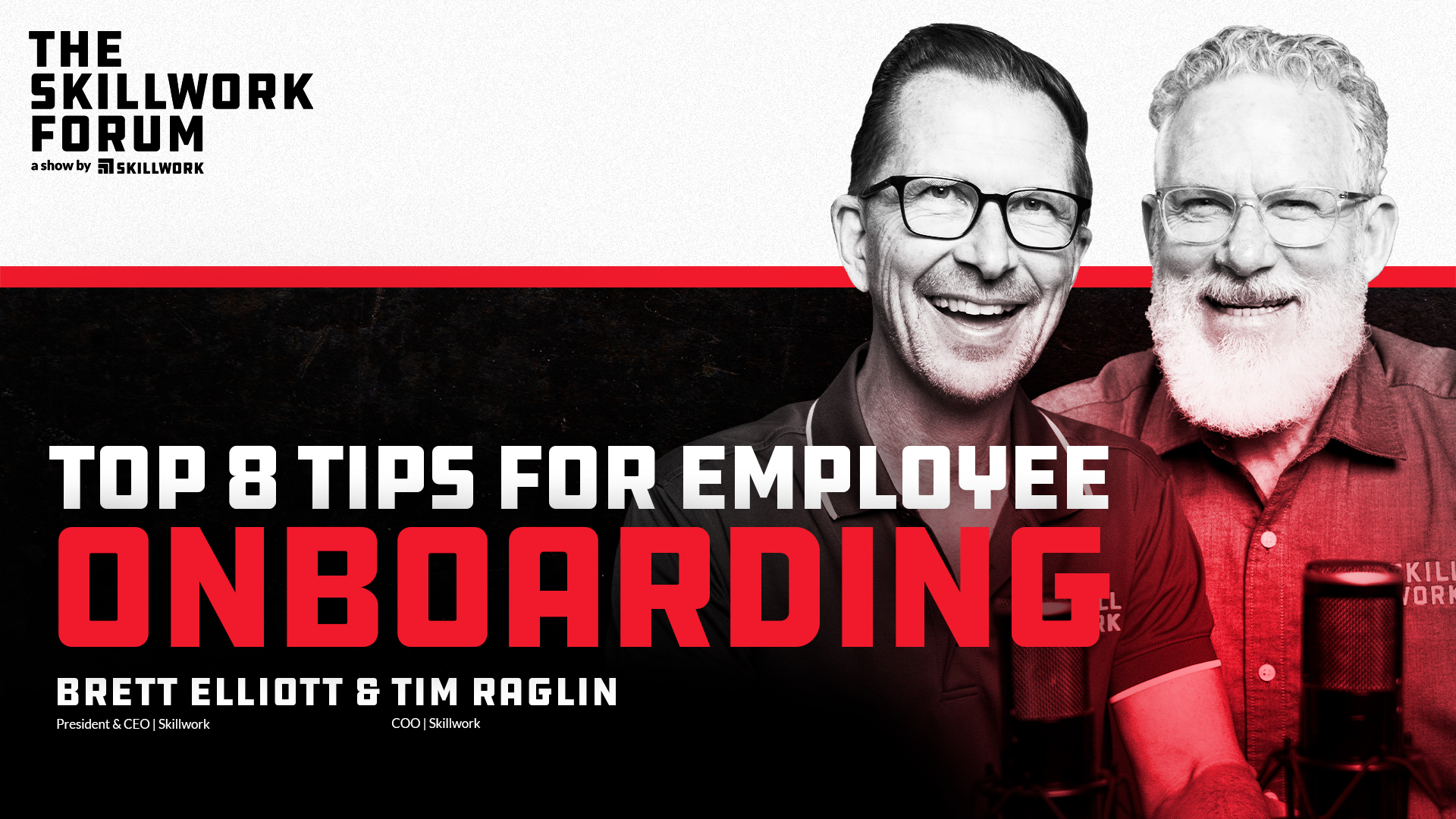How to Reduce New Hire Attrition Rates

High turnover rates result in huge losses to companies of all sizes. When an employee quits, they take their training and experience with them, leaving other team members to pick up their work. It usually takes at least a month before a new person is hired, which increases employee stress, decreases productivity in the meantime, and may lower future retention rates.
The cost of hiring new employees goes far beyond simply paying their salary, which is a significant expense in and of itself. In addition, the process of hiring a new employee includes advertising, recruiting, onboarding, training, benefits, etc. All things considered, it can be six months or more before an employer sees a positive return on the investment of hiring a new team member.
When you consider both the financial and productivity losses of employee turnover, hiring the right people from the start becomes imperative.
Today, you’ll learn:
- What is new hire attrition?
- Why do employees quit?
- How to calculate 90-day turnover
- How to reduce 90-day attrition
Let’s start by defining our terms.
What Is New Hire Attrition?
“Attrition,” also known as “turnover,” is when an employee leaves an organization for any reason. New hire attrition refers to the loss of an employee within their first year on the job. It can be voluntary (the employee decides to quit) or involuntary (the employee is fired).
The consequences of high turnover rates are not just a loss of knowledge, expertise, and investment, but low employee morale, which can be contagious. To put things in perspective, the Society for Human Resource Management (SHRM) reported that on average it costs a company 6 to 9 months of an employee's salary to replace him or her.
So, why do new employees quit, leaving their team members out to dry?
3 Reasons Why New Employees Quit
A survey by Jobvite reported that 33% of new hires quit their jobs within the first 90 days of employment. Other studies show that up to 20% of staff turnover happens within the first 45 days on the job, making the first 30 days a crucial time period for new hires.
According to new research by Pew Research Center, these are the top three reasons U.S. workers left a job in 2021.
1. Low pay
Sixty-three percent of workers who quit a job in 2021 said that low pay was the reason. Most people work because they need the money—why else would they give up the majority of their time? But working harder than you’re getting paid for is disheartening to say the least. With rising inflation rates, it’s no surprise that employees want higher-paying jobs.
2. Lack of opportunities for advancement
Sixty-three percent of surveyed workers also said that no opportunities for advancement was the reason they quit their job in 2021. The modern workforce values development. Employees want to know that employers are dedicated to investing in their futures. If not, they will find someone else who will.
3. Feeling disrespected at work
Fifty-seven percent of respondents who left a job in 2021 said that they felt disrespected at work, which is the reason they quit. No one wants to be in a workplace where they feel looked down on or belittled. In these cases, it’s important to notify HR or your superiors to see if they’re receptive to your concerns. If not, quitting is an understandable response.
Next, we explain how to assess your company’s new hire attrition rate by performing a new hire turnover calculation.
New Hire Turnover Calculation
First, you must determine what period of time you define as the range for “new hire attrition.” This number is usually sometime before one year of employment. Depending on your employment contracts, it may make more sense to track how many employees leave within a certain number of days (e.g., 30, 45, 60, or 90).
Once you’ve determined what period counts for new hire attrition, divide the number of new hires who left the organization (voluntarily or involuntarily) during that period by the number of new people hired during that same period:
New hire attrition rate = (# of new hires who left within X period / # of new hires retained from that same time period) x 100%
How to calculate 90-day turnover
For example, let’s use 90 days as the time period you’re measuring. The number of hires will be restricted to those hired and terminated (voluntarily or not) within a 90-day period. Let’s say within the past three months, you’ve hired 3 people and 1 of them left. Your 90-day new hire turnover calculation would look like this:
(1 / 3) x 100% = 33%
That means one-third of your new employees have left within the first 90 days of employment, which is pretty high. So, what’s an acceptable attrition rate?
What is a good attrition rate?
It’s hard to say what a “good” attrition rate is because it varies depending on company size, maturity, industry, etc. On average, an acceptable attrition rate is 10% or lower.
How to Reduce 90-day Attrition
If your hiring turnover rate is high or seems to be rising, consider partnering with a recruitment agency to help you source better people. Skillwork is a travel-staffing agency that helps skilled labor employers source the right workers for open positions. Our tried-and-true vetting and recruiting process allow us to find high-quality candidates for skilled labor jobs all over the U.S.
At Skillwork, we take all applicants through an 8-step vetting process where we thoroughly evaluate their qualifications, skill sets, personality, and aptitude. But we begin vetting long before ever talking to them. A well-written job description will attract people who are interested in and qualified for your position and filter out those who are a bad fit.
Talk to a Skillwork Recruiter today for an obligation-free consultation to learn how we can help you get the workers you need when you need them.


